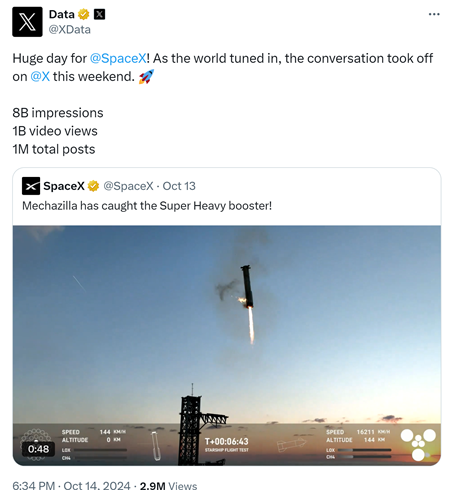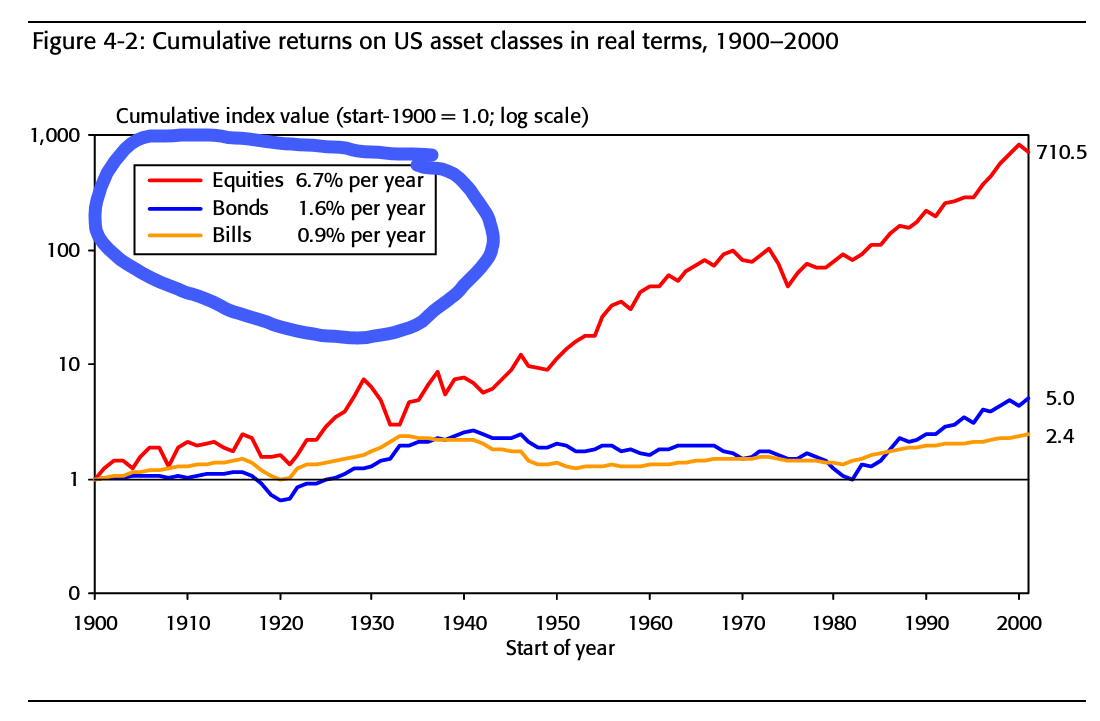
https://x.com/elonmusk/status/1845903353923973281
T-13 seconds: The Super Heavy Booster barrels toward the launch pad at 1176 km/h, fire and air resistance ripping at its surface. Suddenly, all 13 inner Raptor engines roar to life, slamming against the inertia. The sheer power feels like the only thing stopping the rocket from smashing into the ground. The G-forces hit nearly 15 Gs, and the whole thing looks like a controlled explosion, with the engines burning fiercely to slow the descent.
T-5 seconds: Now at 148 km/h, it’s still falling fast—too fast. Surely it’s going to crash into the tower! But no, the thrust vector nozzles kick in, swiveling like a marionette’s strings, adjusting the rocket’s angle with surgical precision. The booster seems suspended in midair, balancing perfectly as the Chopsticks start their delicate move, waiting to make the catch.
T-0 seconds: The speed reaches 0 km/h. In the blink of an eye, the Chopsticks close around the booster, holding it steady. The engines fall silent, the giant machine is at rest. Elon Musk’s voice cuts through the stillness: “No, freaking way!” If you haven’t seen this moment of suspended disbelief, do yourself a favour and watch it here.

https://x.com/SpaceX/status/1845442658397049011
Not to be outdone, Tesla made headlines just months earlier by assembling what may now be the world’s largest supercomputer for artificial intelligence (AI). Named Colossus, it boasts a staggering 100,000 GPU cluster (soon to be doubled in size). This engineering marvel, reportedly built in Tennessee, was completed in a mind-boggling 19 days—a task that typically spans years for projects of this scale. While Musk remains a polarizing figure, admired, and criticized in equal measure, there’s no denying his impact on technological progress. In the realm of engineering, Musk stands apart, applying first principles thinking to question everything. This approach enables him to deliver the unimaginable in time frames most would find unbelievable.
I’m not the biggest fan of Musk but only a jaded cynic can deny his accomplishments. For us investors, he is a reminder of why great investors are optimists. In Triumph of the Optimists, Elroy Dimson, Paul Marsh, and Mike Staunton show that over the last century, equities have consistently outperformed bonds and bills across major global markets—despite wars, inflation, and pandemics. For example, in the U.S. from 1900 to 2000, equities delivered an annualized real return of 6.7%, while bonds trailed behind at 1.6% and bills at 0.9%.

Triumph of the Optimists page 53
“There are decades where nothing happens; and there are weeks where decades happen.” Vladimir Lenin’s words capture the moment we’re in—the early stages of the Intelligence Revolution. Like the Industrial Revolution, AI will reshape industries and create winners and losers. Change is inevitable, and it’s natural to feel some fear.
But at times like this, I’m reminded of the lessons in Triumph of the Optimists. Across 100 years of wars, crises, and market collapses, those who remained invested and optimistic in the future of equities consistently outperformed. History shows that participation, even in the face of uncertainty, rewards the patient and the bold.
As we enter this new era, one thing remains constant: we are here to guide you, step by step, through the challenges and opportunities ahead. While change is rapid, optimism (backed by data and history) remains a winning strategy. Together, we’ll navigate this new landscape, ensuring you’re positioned to thrive. It starts with suspending disbelief!
Watch the Video: Suspending Disbelief
Want to hear Glen’s take in more detail? Check out our latest video on YouTube and subscribe to stay up to date.
Glen
